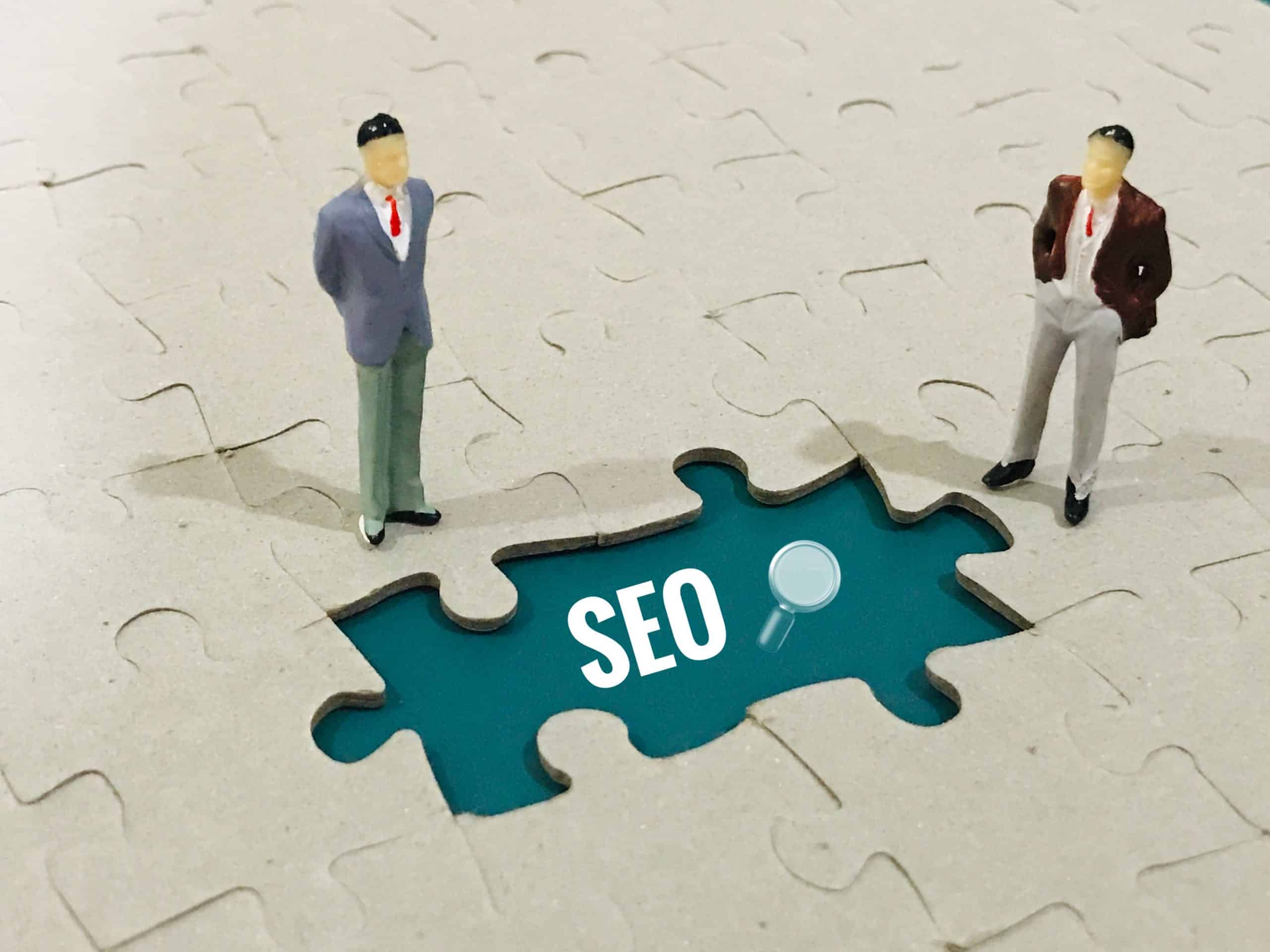As burgeoning urbanization sweeps across the globe, real estate developers grapple with designing and creating sustainable cities. Amid the concrete jungles, the need for green spaces has soared. These spaces not only offer scenic beauty and recreational opportunities, but also have numerous environmental, social, and economic benefits. In this article, we will delve into the different ways developers can incorporate green spaces into city infrastructures and enhance their potential for both the environment and the public.
The Significance of Green Spaces in Urban Areas
Green spaces within cities have become an essential part of the urban infrastructure model. They are not merely aesthetic appendages to concrete buildings, but are critical to the well-being of the residents and the environment. These spaces include public parks, gardens, playing fields, and other open spaces that provide a respite from urban life.
A découvrir également : What Are the Financial Considerations for Investing in Real Estate Near Renewable Energy Facilities?
More than a retreat for city dwellers, green spaces are also the lungs of the city. They contribute to air and water purification, noise reduction, and climate regulation. They also offer habitats for various species, maintaining an ecological balance within the urban ecosystem. Moreover, green spaces can significantly contribute to the reduction of urban heat islands, thus mitigating the impact of global warming.
The presence of green spaces in cities also fosters community interaction and contributes to the mental and physical health of the residents. By providing a place for outdoor activities, it promotes healthier lifestyles, reduces stress, and improves the overall quality of life.
A lire également : What Are the Financial Considerations for Investing in Real Estate Near Renewable Energy Facilities?
Hedonic Value of Green Spaces in Real Estate
Real estate developers have realized the hedonic value that green spaces add to urban properties. By creating appealing and environmentally friendly community spaces, developers can increase property values, attract potential buyers, and improve the overall image of the city.
A well-designed green space can significantly enhance the appeal of a residential or commercial property. Property buyers are not only looking for a roof over their heads but also an environment that offers leisure, exercise, and relaxation opportunities.
Green spaces have a direct impact on the perceived value of a property. A real estate property with access to well-maintained parks or gardens is often more attractive to potential buyers. They also contribute to the socio-economic status of the neighborhood, thus making it an attractive proposition for real estate investment.
Sustainable Urban Development through Green Spaces
With rising environmental consciousness, sustainable urban development has become a central theme in city planning. Green spaces are integral to this model as they offer numerous environmental benefits.
Effective usage of green spaces can significantly reduce the carbon footprint of cities. By absorbing carbon dioxide and other harmful pollutants, these spaces can improve air quality and contribute to global efforts against climate change. Additionally, they aid in water management by reducing runoff and aiding in groundwater recharge.
From a planning perspective, incorporating green spaces into city infrastructure can help manage urban sprawl. By designing cities around green spaces, developers can create a more compact, efficient, and sustainable urban layout.
Engaging the Community in Green Space Development
Community engagement is crucial for the successful integration of green spaces into urban landscapes. Public participation can not only help in the design and development of these spaces but also in their maintenance and management.
Residents have a unique understanding of their community needs and can provide valuable insights into the planning and design of green spaces. Besides, involving the community can also foster a sense of ownership among the residents, making them more likely to use and care for these spaces.
Developers can engage with the community in various ways, including public consultations, participatory planning, and community-based management models. Through these initiatives, developers can ensure that the green spaces meet the needs of the residents, foster community spirit, and contribute to sustainable urban living.
Striking a Balance: Green Spaces and Real Estate Development
Striking a balance between real estate development and green space conservation is a complex task, but not unattainable. Real estate developers should make green spaces an integral part of their development projects. Not only would it contribute to environmental sustainability, but it would also enhance the properties’ appeal and value.
Incorporating green spaces into the urban fabric requires careful planning and design. Developers should focus on creating diverse green spaces that cater to different community needs – from serene parklands to active recreational facilities. Furthermore, they should ensure that these spaces are easily accessible to all residents, thereby promoting inclusivity and equality.
By maximizing the use of green spaces, real estate developers have the opportunity to create vibrant, healthy, and sustainable urban environments. As we continue to urbanize, green spaces will play an increasingly vital role in shaping the cities of the future.
The Impact of Green Spaces on the Housing Market
The impact of green spaces on the housing market is a facet that real estate developers can’t afford to ignore. Green spaces have been proven to significantly influence house prices, a notion backed by various studies on hedonic pricing.
An analysis from Google Scholar reveals that there is a positive correlation between proximity to green spaces and property values. This means that houses located near urban parks, gardens, or other green infrastructure tend to fetch higher prices in the market compared to similar properties in less green areas.
This is not surprising as potential buyers often factor in the quality of the neighborhood when purchasing a property. Properties near green spaces are favored due to the numerous benefits they offer, including recreational opportunities, enhanced scenery, improved air quality, and a reduced noise level.
The effect of green spaces on the housing market extends beyond individual property sales. A neighborhood with well-maintained green spaces can attract more investments, both in terms of new developments and renovations of existing properties. Consequently, this can lead to overall economic growth and increased property tax revenues for the local government.
However, it’s worth noting that while green spaces generally increase housing prices, the degree of influence can vary based on the size, quality, and type of the green space. Therefore, developers need to consider these factors when planning for green spaces in their projects.
Climate Change Mitigation through Green Infrastructure
Climate change is a pressing global concern, and real estate developers have a role to play in mitigating its impacts through the incorporation of green infrastructure in urban developments.
Green spaces, often referred to as the city’s lungs, play a crucial role in reducing greenhouse gas emissions. They absorb carbon dioxide and other harmful pollutants, thereby improving the air quality. By doing so, they help combat climate change and contribute to healthier urban environments.
In addition to carbon sequestration, green infrastructure also reduces the effects of urban heat islands. These are urban areas that experience higher temperatures than surrounding rural areas due to human activities. Green spaces can lower these temperatures by providing shade and releasing moisture into the air through a process known as evapotranspiration.
Moreover, green spaces contribute to stormwater management, a vital aspect in the face of climate change. By absorbing rainfall, they reduce runoff, prevent flooding, and aid in groundwater recharge. This not only protects the urban infrastructure but also conserves water resources.
Therefore, green spaces are an effective tool for real estate developers to contribute towards climate change mitigation and adaptation. By integrating green infrastructure into their projects, developers are not only investing in sustainable cities but also enhancing the appeal and value of their properties.
Conclusion: The Future of Green Spaces in Urban Planning
The integration of green spaces into urban planning is more than a trend; it’s a requisite for sustainable cities. As urbanization continues to spread, the need for these spaces urban becomes increasingly critical.
The numerous benefits of green spaces — from boosting property values to mitigating the impacts of climate change — make them an essential element in real estate development. Therefore, developers need to continue exploring creative ways to maximize the use of green spaces in their projects.
Community involvement in the planning and management of green spaces is also vital. This engagement fosters a sense of ownership and ensures that the spaces meet the needs of the residents.
Striking a balance between real estate development and green space conservation may seem challenging, but with thoughtful planning and design, it’s an attainable goal. The future of urban areas lies in sustainable development, and green spaces are undeniably a key component of this vision. As we continue to build our cities, let’s make green spaces not just an addition, but a central part of our urban landscapes.






